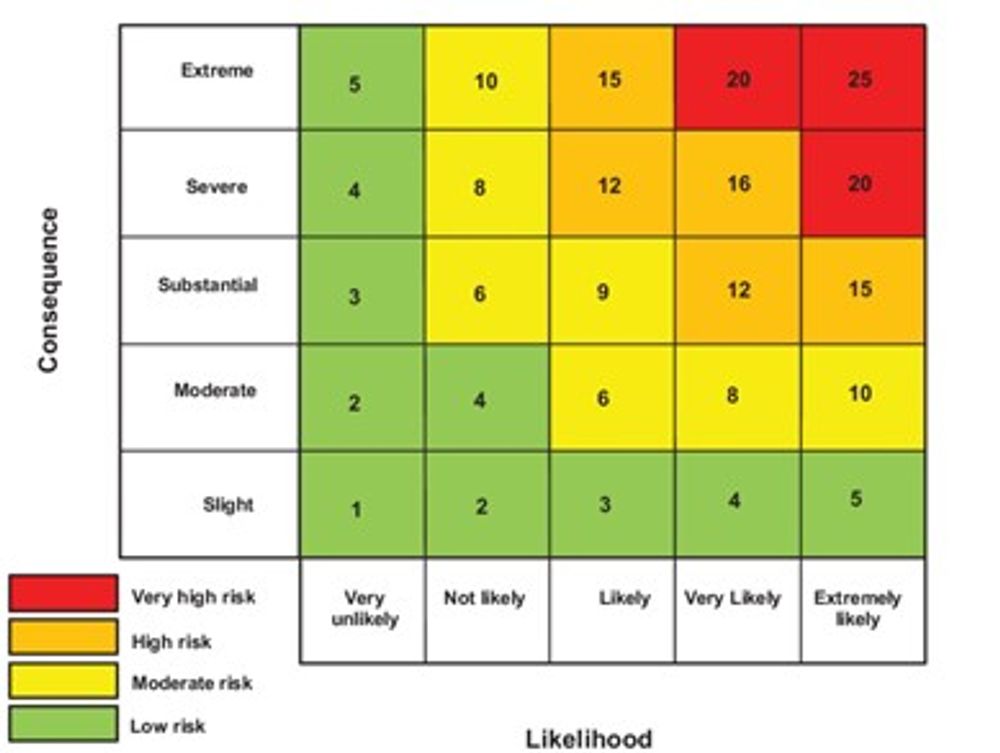Technical Article
Updated 04/2022
Why Arc Fault Venting gives Fire Risk Mitigation
Fire mitigation is a critical design consideration for Power Systems engineers. The topic is complex, and ignition cases are multifactorial, but a simple way to reduce fire start risk is to specify electrical equipment with Internal Arc Classification. Here’s a quick rundown on why specifying arc fault venting mitigates fire start risk for network service providers.
What is an Internal Arc Fault?
Simply, it’s a failure of insulation inside electrical equipment. This failure causes an electrical arc to form, either between phases, from phase to ground, or both. When this happens in an enclosed space, as most equipment is, an explosion ensues.
An Internal Arc Fault
What are common causes of Internal Arc Faults
While they are rare, there are many causes for internal arc faults. Often, the equipment that suffers the internal arc is not at fault (pardon the pun).
Adverse network operating conditions, such as failed neutrals causing excess overvoltages, or line surges, can cause voltages to exceed rated specifications of the equipment under protection. Too much energy can lead to insulation breakdown, and consequently, an explosion.
What is Internal Arc Classification (IAC)
Internal Arc Classification is a formal engineering standard for what equipment should do if an internal arc fault occurs.
The goal is to fail in a safe manner, venting the energy in a controlled release, rather than the detonation of equipment without this feature.
There are IAC standards for many classes of equipment, but in our context of pole mounted equipment, the standard is IEC62271-204.
Equipment like NOJA Power’s OSM Recloser, GMK or NOJA Power VISI-SWITCH® are all type tested in conformance to this standard for arc fault venting.
In the unlikely event of an internal arc fault, the equipment is certified to safely vent the energy, rather than act as an explosive.
As we can see in this test footage of the OSM Recloser, we manually created a phase-to-phase fault in the device by connecting two phases together, and delivered high fault current to initiate the arc fault.
The tank contained the explosion, and the arc fault vent opened, allowing the energy to safely vent up and away.
The test is a pass, because the test material below the equipment did not catch fire, and no large components or shrapnel fell down from the installation.
With this demonstration we clearly see how fire risk mitigation can be achieved when specifying IAC requirements for pole mounted equipment.
How likely is an Internal Arc Fault?
The likelihood of internal arc faults is a function of equipment age, operating conditions, and network power quality.
They are more common in older equipment, and in older designs which may not meet modern electrical design standards and materials considerations.
Eventually, most equipment would degrade to a point of internal arc fault, if they are pushed sufficiently beyond their design life.
Under high functioning asset management programs, internal arc faults are rare, however, in engineering, the consideration of risk should always consider the likelihood-consequence matrix.

Electricity Network Businesses operate under a declared risk appetite. While the likelihood of arc faults ranges from uncommon to rare, the consequences are extreme.
Aside from the risk of immediate loss of life in proximity of exploding pole mount assets, if the explosion occurs in a fire prone environment the likelihood of ignition is also high.
Specifying IAC classified pole mounted reclosers moves this consequence from extreme to moderate or slight.
How much does it cost?
In Reclosers, there is very little difference in cost between equipment with arc fault venting and equipment without it.
This makes it difficult to justify selecting noncompliant arc fault reclosers when IAC compliant devices such as the OSM Recloser are cost competitive.
In other categories, such as transformers, the cost difference is more severe. This prompts a tradeoff with network operating business resources and risk appetite/insurance.
“Arc fault containment and venting is part of the DNA of every NOJA Power product developed because I believe when you develop a product, you should consider the end of its life and ensure it finishes its life in a safe and controlled manner. Every IAC test ensures that in the event of an internal arc fault, no byproducts from that arc venting cause a fire to ignite in order to pass the test. Customers can be confident products that are designed and type tested to have an internal arc fault rating, would also help reduce bush fire risk. ”
Summary
Fire mitigation is an important consideration for electrical engineers. Specifying internal arc classification in pole mounted equipment is a cost effective and sensible way to reduce the risk of catastrophic consequences. For more information, visit www.nojapower.com.au or contact your local NOJA Power Distributor.
Want to stay up to date with Electrical Distribution Technology?
Join our list for a free weekly technical bulletin, as we share our Global Electrical Engineering experience directly to your inbox.
Subscribe →